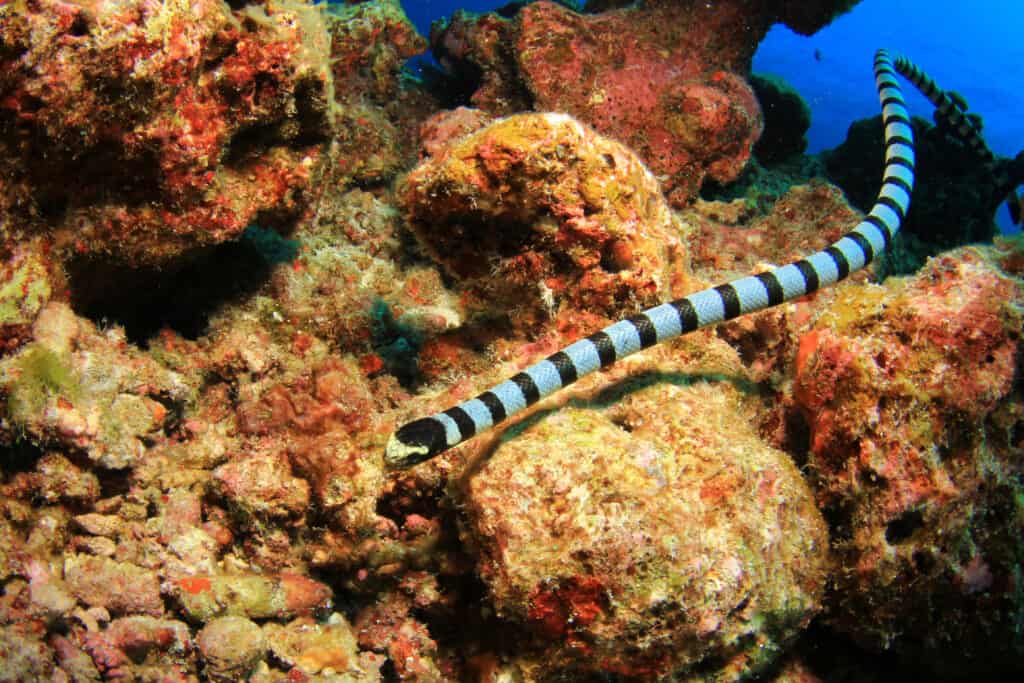Introduction
When it concerns poisonous serpents, Australia is home to a few of the most interesting and dangerous varieties in the world. Among these, the Tiger Snake stands out not only for its potent poison but additionally for its interesting behavior. Recognizing the habits of poisonous snakes like the Tiger Serpent is crucial for both wild animals lovers and those staying in locations where these serpents are present. This write-up looks into different facets of Tiger Snake actions, environment, recognition, safety measures, and first aid practices in situation of a snake bite.
Understanding the Habits of Venomous Snakes Like the Tiger Snake
The Tiger Snake, medically known as Notechis scutatus, is well-known for its hostile nature when intimidated. These serpents exhibit a variety of behaviors that can be rather different from their non-venomous counterparts.
Characteristics of Tiger Snakes
The Tiger Snake is easily identifiable because of its distinct bands or red stripes that look like a tiger's markings. They can differ in color from yellowish-brown to dark olive or black. This pigmentation serves not just as camouflage yet also as a caution signal to possible predators.
Adaptability to Environment
One amazing facet of their behavior is their adaptability to various atmospheres. Discovered largely in coastal regions, marshes, and wetlands across Australia and Tasmania, they can grow http://knoxjsup153.tearosediner.net/how-to-handle-a-snake-bite-first-aid-tips-you-need-to-know in diverse environments including urban areas.
Hunting Techniques
Tiger Serpents are ambush killers mainly feeding on fish, frogs, and small creatures. They possess eager vision and a severe sense of smell which assists them in finding victim effectively.
Venom Composition
Their venom contains neurotoxins that affect the nervous system, causing paralysis or death in smaller animals. For human beings, immediate clinical interest is critical after a tiger snake bite due to its possibly deadly effects.

Natural Habitat of Tiger Snakes
Preferred Locations
Understanding where these serpents live sheds light on their behavior patterns. The tiger snake habitat includes:
- Coastal regions Swamps Grasslands Urban areas with abundant water sources
Seasonal Movements
During warmer months, Tiger Snakes are extra energetic as they bask in sunlight or quest for food. On the other hand, cooler months see them pulling back right into hibernation sites.

Are Tiger Snakes Venomous?
Yes! The question "are tiger snakes poisonous?" typically emerges amongst those unfamiliar with this species. Their poison is considered among the deadliest among all serpent types worldwide.
Symptoms of a Tiger Snake Bite
If bitten by a tiger snake, signs and symptoms might consist of:
- Localized pain Swelling at the bite site Nausea and vomiting Sweating and confusion
Immediate clinical aid is important as without treatment attacks can result in severe wellness difficulties and even death.
First Aid for Snake Bites: Quick Response Guide
Knowing just how to carry out emergency treatment for a serpent bite could save someone's life. Right here's what you need to do:
Step 1: Continue to be Calm
Keeping calm aids reduce heart rate which reduces venom spread.
Step 2: Debilitate the Affected Area
Keep the influenced arm or leg still and below heart level if possible.
Step 3: Call Emergency Services
Always seek professional clinical help right away after a snake bite.
First Help for Serpent Bite Package Essentials
A fully equipped snake bite first aid kit ought to include:
- A compression bandage Antiseptic wipes A pair of scissors A cold pack
Safety Preventative measures: Protecting against Snake Bites in Australia
Awareness Programs
Educating neighborhoods about local snake types and their behaviors can dramatically minimize experiences bring about bites.
Avoiding Unsafe Areas
Staying away from long turf throughout warmer months reduces call with serpents that could be relaxing or hunting.
Common Mistaken beliefs Concerning Tiger Snakes
Many individuals think misconceptions about the habits of tiger serpents bring about unneeded fear. Systemic Effects Below are some information:
Myth 1: All Tigers Are Aggressive
Not all tiger serpents will present hostility if left undisturbed; numerous prefer running away as opposed to confrontation.
Myth 2: They Chase Humans
Tiger serpents do not actively chase after human beings; they may strike when they feel intimidated but will typically pull back if offered space.

Conservation Initiatives Associated with Poisonous Snakes
Conservation initiatives concentrate on informing communities about securing neighborhood wild animals while minimizing human-snake interactions.
Importance of Ecosystems
Understanding that venomous snakes play a necessary role in keeping environmental balance assists foster appreciation as opposed to concern towards them.
FAQs Concerning Tiger Snakes
What ought to I do if I encounter a tiger snake?- Maintain distance and slowly back away without abrupt movements.
- While attacks aren't exceptionally typical as a result of recognition initiatives, they still take place each year within Australia.
- Baby tiger serpents can deliver full dosages of poison regardless of being smaller; hence caution is advised around them.
- They largely consume frogs, fish, tiny creatures like rodents, and other reptiles.
- It's prohibited in many territories without appropriate licensing as a result of security problems regarding their venom.
- Wear durable boots and stay on marked trails; look before positioning hands or feet into concealed rooms like rocks or logs.
Conclusion
Understanding the actions of poisonous serpents like the Tiger Serpent not only improves our expertise yet likewise advertises security recognition among those living near their environments. From identifying their features, comprehending first aid procedures adhering to a bite, through engaging preservation efforts-- every element plays a crucial function in promoting conjunction with these remarkable reptiles while respecting their area within our ecosystem.
As we deepen our understanding through education and learning and experience, we contribute positively toward ensuring both human safety and security and wildlife preservation-- benefitting all events involved!